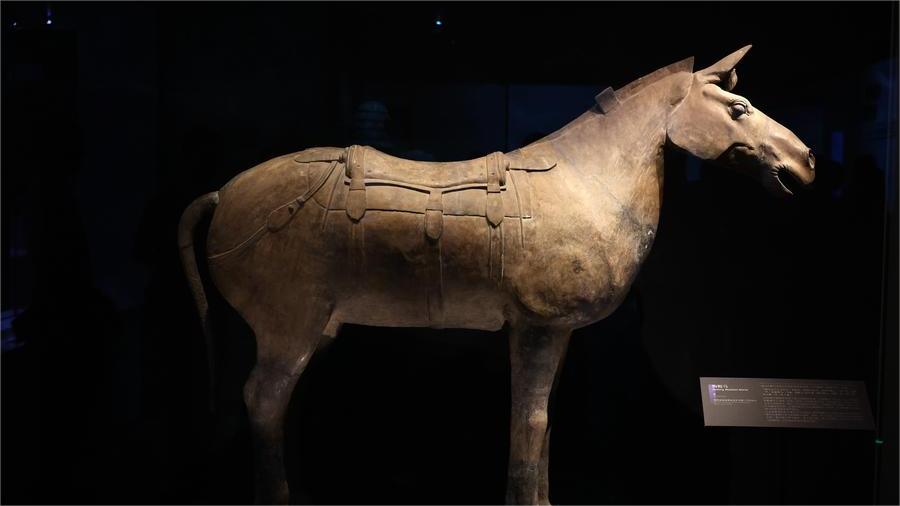Tomb excavation in China's Anhui yields major discoveries
BEIJING, May 18 (Xinhua) -- The archaeological excavation at the Wuwangdun tomb in east China's Anhui Province has yielded major findings, unearthing over 3,000 cultural relics, according to China's cultural heritage administration.
Earlier this year, the National Cultural Heritage Administration (NCHA) confirmed the Wuwangdun tomb as the largest and highest-level tomb of the ancient Chu state, which existed more than 2,200 years ago during the Warring States Period (475 BC-221 BC).
According to the administration, the excavation of four side chambers to the north and west of the central burial chamber has been completed, while work on two additional chambers to the south and east is currently underway.
Relics recovered from the northern chambers mostly consisted of ancient musical instruments, while containers, bronzeware, lacquered wooden objects and other relics were unearthed in the other chambers.
Photos
Related Stories
- Digital technologies restore looks of 2,200-year-old woman
- Grand Canal exhibition in China showcases archaeological findings
- Millennia old slips reveal panoramic view of China's first unified dynasty
- In pics: Sidun Site in Changzhou, E China
- Major finds at Wuwangdun illuminate China's Warring States period
- New archaeological findings from 2,200-yr-old tomb shed light on ancient Chinese culture
Copyright © 2024 People's Daily Online. All Rights Reserved.









